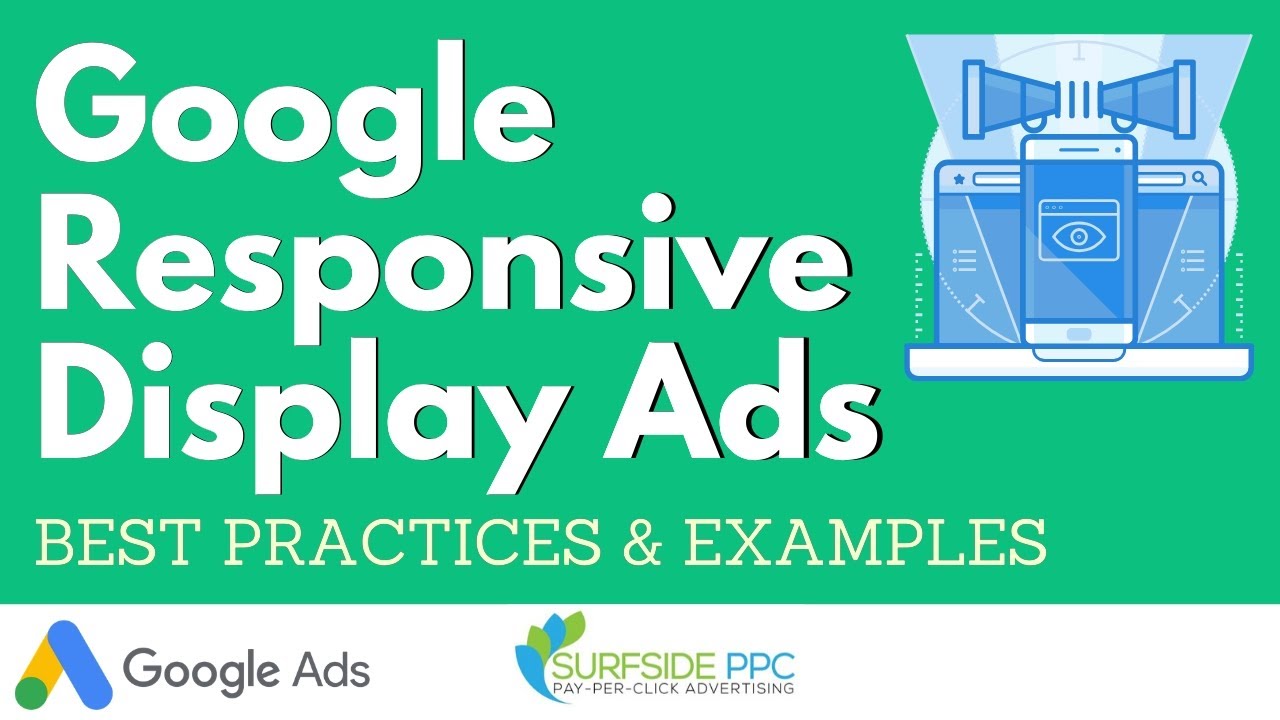Key Benefits of Responsive Display Ads
Responsive display ads have become an integral part of digital advertising strategies. In this article, we will explore the key benefits of using responsive display ads and how they can help businesses achieve their marketing goals.
Increased Reach and Visibility
Responsive display ads offer a significant advantage by allowing your ads to be displayed across a wide range of devices and screen sizes. This ensures that your ads reach a larger audience and increase your brand’s visibility. By adapting to different screen sizes, responsive display ads can seamlessly fit into various placements, including websites, apps, and social media platforms.
Improved User Experience
One of the key benefits of responsive display ads is their ability to provide an optimal user experience. These ads automatically adjust their format, size, and appearance to match the available ad space. By doing so, they ensure that users have a seamless and engaging experience, regardless of the device they are using.
Cost-Effective Solution
Responsive display ads can be a cost-effective solution for businesses of all sizes. With these ads, you only need to create one ad that can adapt to various placements and screen sizes. This eliminates the need to create multiple ads for different devices, saving both time and resources. Additionally, with responsive display ads, you can reach a larger audience without increasing your advertising budget.
Improved Performance and Conversion Rates
Responsive display ads are designed to deliver high-performance results. By leveraging machine learning and automated bidding, these ads can optimize their display based on user behavior and preferences. This leads to improved click-through rates (CTRs) and higher conversion rates. With responsive display ads, you can effectively target the right audience and deliver personalized messages that resonate with them.
Easy Ad Management
Managing responsive display ads is hassle-free. Instead of creating separate campaigns for different ad sizes, you can manage everything within a single campaign. This simplifies the ad management process and allows you to focus on optimizing your ad content and targeting options. Additionally, responsive display ads provide real-time performance insights, enabling you to make data-driven decisions and refine your advertising strategy.

Responsive display ads offer numerous benefits for businesses aiming to enhance their online presence and drive conversions. By leveraging their adaptability, cost-effectiveness, and improved user experience, you can effectively reach your target audience and achieve your marketing objectives. Incorporate responsive display ads into your digital advertising strategy and take your online advertising to new heights.
Frequently Asked Questions about Key Benefits of Responsive Display Ads
1. What is a key benefit of using responsive display ads?
A key benefit of responsive display ads is that they automatically adjust their size, appearance, and format to fit any available ad space on the Google Display Network.
2. How do responsive display ads improve user experience?
Responsive display ads improve user experience by adapting to different screen sizes and orientations, ensuring that the ads look visually appealing and are easy to interact with on various devices.
3. Do responsive display ads help in reaching a wider audience?
Yes, responsive display ads help in reaching a wider audience as they can be displayed across a wide range of devices, including desktops, laptops, tablets, and mobile phones.
4. Can responsive display ads increase ad performance?
Responsive display ads have been shown to increase ad performance as they allow for more flexibility in terms of ad placement, leading to higher click-through rates and conversions.
5. What are the advantages of using responsive display ads over traditional static ads?
Compared to traditional static ads, responsive display ads offer advantages such as better ad placement, improved user experience, increased reach, and the ability to test different combinations of text and images.
6. Are responsive display ads compatible with all ad sizes?
Yes, responsive display ads are compatible with all ad sizes as they automatically adjust their dimensions to fit the available ad space, eliminating the need to create multiple ad variations for different sizes.
7. Can responsive display ads be used for remarketing campaigns?
Responsive display ads can be used effectively for remarketing campaigns, allowing you to reach and engage with users who have previously visited your website or interacted with your app.
8. Do responsive display ads require a lot of design work?
No, responsive display ads do not require a lot of design work as they automatically adapt to different layouts. However, it is recommended to provide high-quality images and compelling headlines for optimal performance.
9. How can I track the performance of responsive display ads?
You can track the performance of responsive display ads through Google Ads reporting, which provides insights on impressions, clicks, conversions, and other key metrics to evaluate the effectiveness of your ad campaigns.
10. Are responsive display ads compatible with third-party ad networks?
Responsive display ads are primarily designed for the Google Display Network but can also be used with some third-party ad networks that support responsive ad formats.




